Our Precious Clients
Our integrated result leads to the efficiency & transparency of our work.
Below are some of our remarkable clients


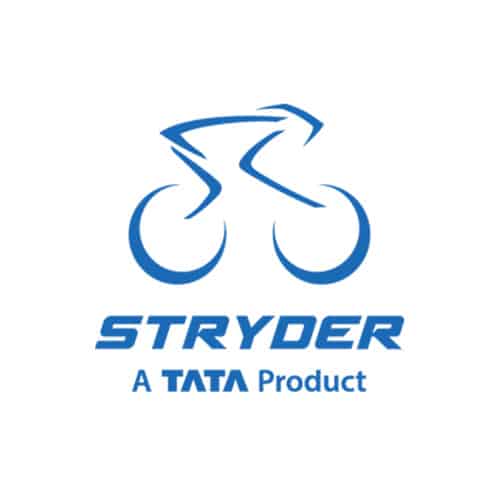
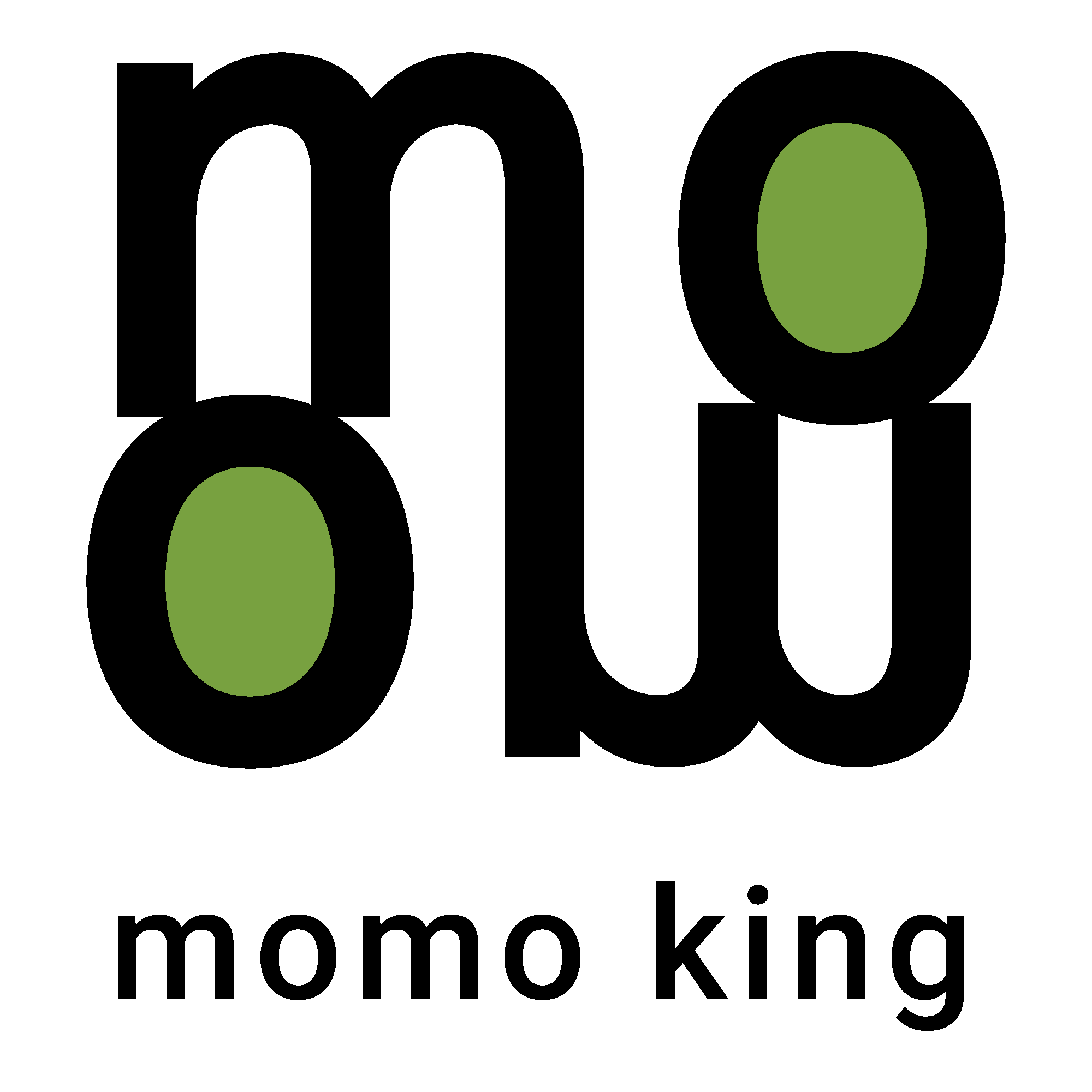
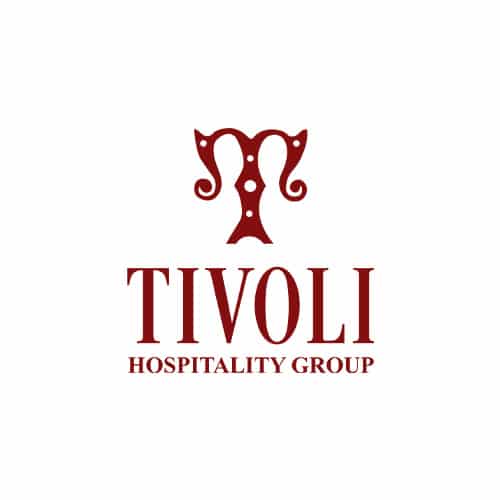
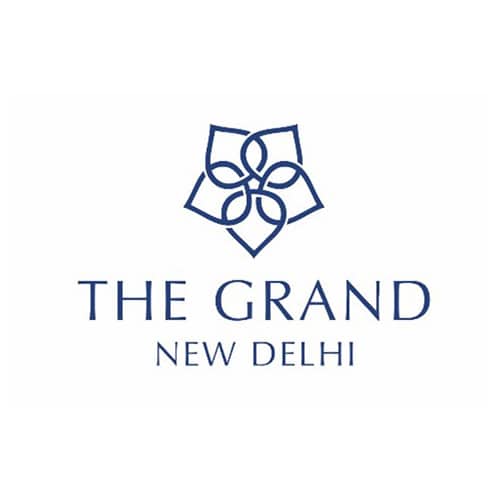
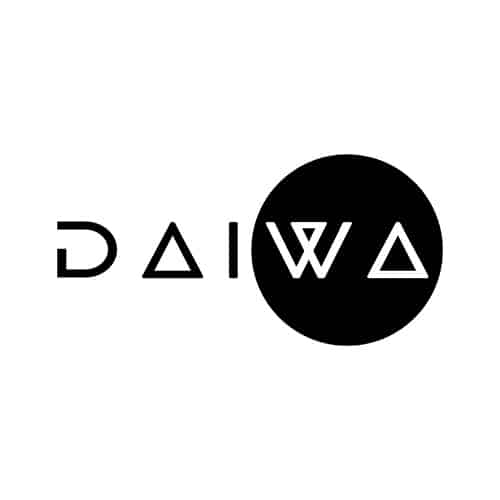

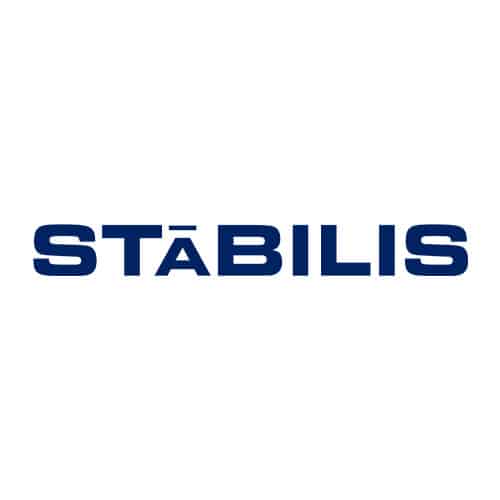
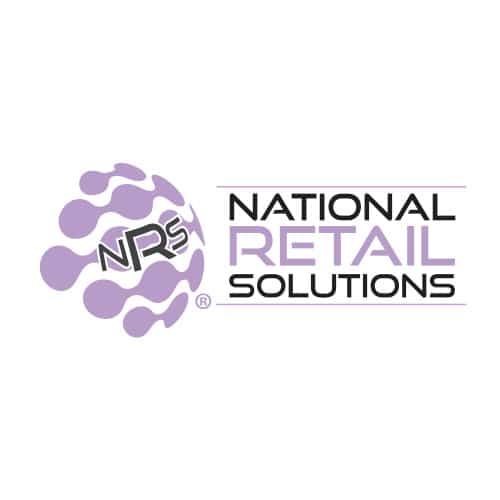
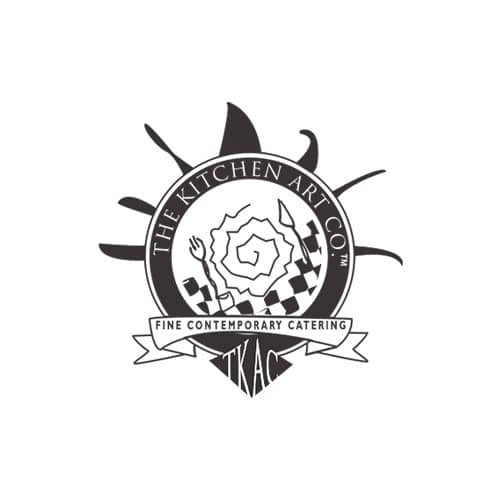



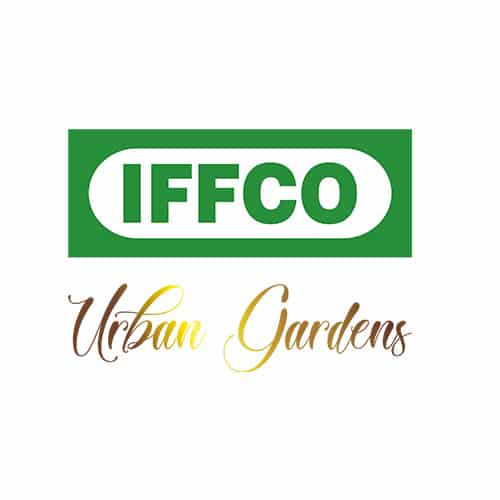



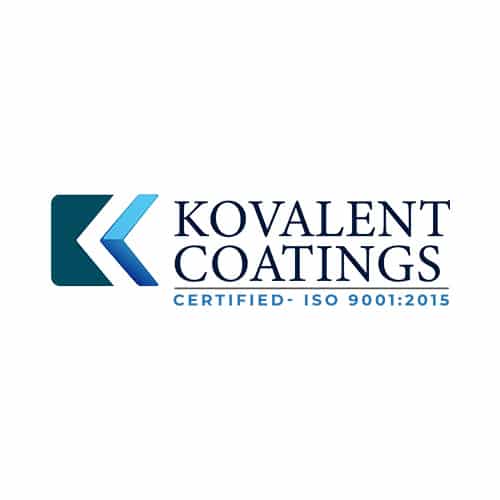





We offer a full range of social media marketing services, utilising the various popular social media platforms, strategising campaigns, creating content, graphics, and creatives, and providing brand awareness through proven marketing techniques.
Our SEO program helps you increase your overall brand visibility across multiple search engine platforms. We help brands establish a strong presence through our SEO strategies to generate more sales, leads, website clicks, etc.
Websites are the gateway to your brand, and we provide the perfect solution to your website design, bringing your brand into focus because a well-optimised website means higher rankings in searches and gives a good impression about your brand.
We provide you with tested and proven branding strategies that help your brand build a good reputation. Our strategies and marketing techniques will help you generate a strong social presence and brand identity.
We help brands create viral and ROI-focused campaigns globally. Our influencer marketing programs help our clients create and execute influencer marketing campaigns that are proven effective and efficient, helping your brand grow.
With PPC advertising, we help increase your digital footprint and your visibility across various search engines. We sketch out a plan and implement it depending on the type of results you want to elevate your brand’s presence.
Go through our portfolio and see the difference we can make to your brand.

What makes us stand out amongst the best social media agencies in India is our team that specialises in accentuating your brand and making sure that you stand out amongst the crowd. With a lot of strategising, brainstorming, ideating campaigns, content and more, we ensure that you get what would help you grow in a strategic manner. A proper strategy is crucial to a brand’s success and the critical thinking and analysis that involves in making ideas a success is what Red Dash Media is known for.
As a leading social media marketing agency in India we know the importance of brands and know how to represent them. We step into the shoes of our clients to understand them and create unique campaigns that are engaging and remembered for a long time. Extensive research is carried out before every campaign to ensure that the people can connect with the brand’s vision. At Red Dash Media we craft strategies to build campaigns that leave a lasting impression.
At Red Dash Media we focus on creating content that resonates with the brand’s audience. With the variety of content ideas that appear on social media, we analyse and target the type of content that resonates with the brand’s audience. With almost a decade of experience in the field of content marketing, we’ve earned the trust of our clients by providing them with the results they want. We are rated as the top social media management company in India because we’ve been able to capture the attention of the market not just through our amplification strategies but also through the various campaigns we’ve done over the years for our clients.
We strategise and develop targeted paid advertising campaigns on various social media platforms for clients based on their businesses and target audience. We help brands in determining what platforms are best for them, while also managing and advertising their content. We focus on helping brands stay updated with the latest trends, optimise campaigns and also focus on performance tracking. Our team utilises advanced targeting options to reach the right audience and regularly analyses results for continuous improvement. These practices have made us stand out as the top social media management agency in India.
What makes Red Dash Media the best social media marketing agency in India is that we have a team that’s dedicated to monitoring social media platforms for brand mentions, and customer feedback, while also keeping a check on various industry trends. Our team also responds to customer inquiries, manages online reputation and also actively addresses any issues or queries related to the brand. These practices help your brand maintain a good image among your customers and our main objective is to promote your brand upholding its values.
At Red Dash Media, we believe that social media is the best way to understand people’s behaviour and choices and is vital towards building a brand’s reputation and capturing the customer’s imagination. We ideate and focus on the areas that your brand needs more focus on and with the help of our team, we ensure that we deliver engaging and revenue-generating campaigns for you. We’ve come a long way to be known as the best social media marketing agency in India because of how we’ve been able to bring positive changes for our esteemed clients.
Red Dash Media provides you with a complete package of profile management for various social media platforms. With us, you will be able to understand and strategise with ideas for the brand which would align with your customer’s expectations. With feedback and interactions across various platforms, we help brands understand and also curate strategies and content. Hosting various campaigns across different platforms and managing them so that the expected results are matched, we have a team that can provide you with an all-round solution for all the various social media profiles. We’ve been proudly associated with many top brands over the years and have been widely regarded as the leading social media management agency in India.
We craft your solutions in terms of creative thoughtfulness which we further pen down onto a journal of branding and design.
Our integrated result leads to the efficiency & transparency of our work.
Below are some of our remarkable clients























